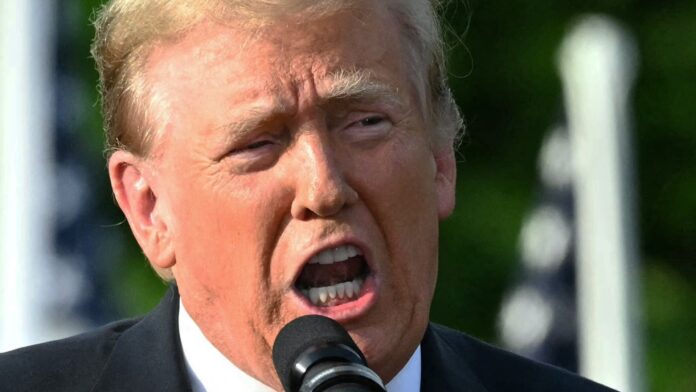Key Falsehoods or Claims: The article discusses how Donald Trump has used tariffs as a tool to address problems that are not supported by evidence. For example, the article highlights Trump’s use of tariffs as a response to issues such as trade deficits and unfair competition, which are not as significant as he claims them to be.
Source: USA Today is generally considered to be a reputable and neutral outlet, however, it’s important to note that this article is an opinion piece and may have a bias against Trump’s policies.
Analysis: The article explains how Trump’s falsehoods about the necessity of tariffs have shaped public opinion on trade policies and international relations. It argues that these false claims have led to a misinformed public perception of the effectiveness of tariffs and their impact on the economy. This misinformation poses a threat to our democracy as it undermines the public’s ability to make informed decisions and hold policymakers accountable.
Hypothetical Public Reactions: If the public continues to believe in Trump’s false claims about tariffs, it could lead to support for policies that are not based on evidence or logic. This could further exacerbate trade tensions and have negative consequences for the economy.
Recommendations for Further Reading: For further understanding of the impact of misinformation on public opinion and democracy, it would be valuable to explore reputable sources such as studies from the Pew Research Center or the Harvard Kennedy School’s Shorenstein Center on Media, Politics and Public Policy.
Maintaining a neutral tone, it’s important to critically evaluate the impact of Trump’s falsehoods and their potential implications for public opinion and democracy. By separating facts from opinion and providing structured analysis, readers can gain a deeper understanding of the media and political effects of misinformation.
Source link
Redirect URL
